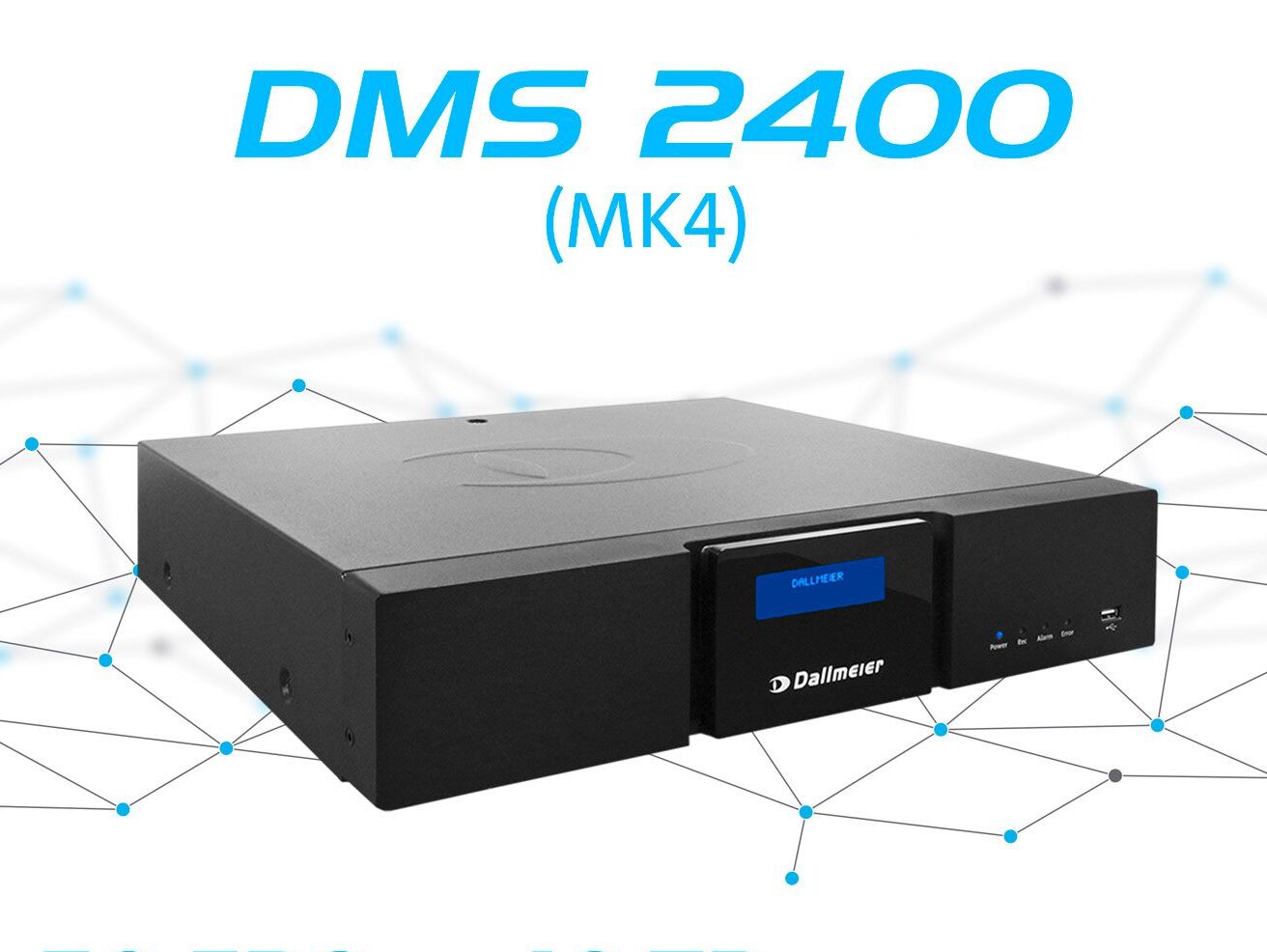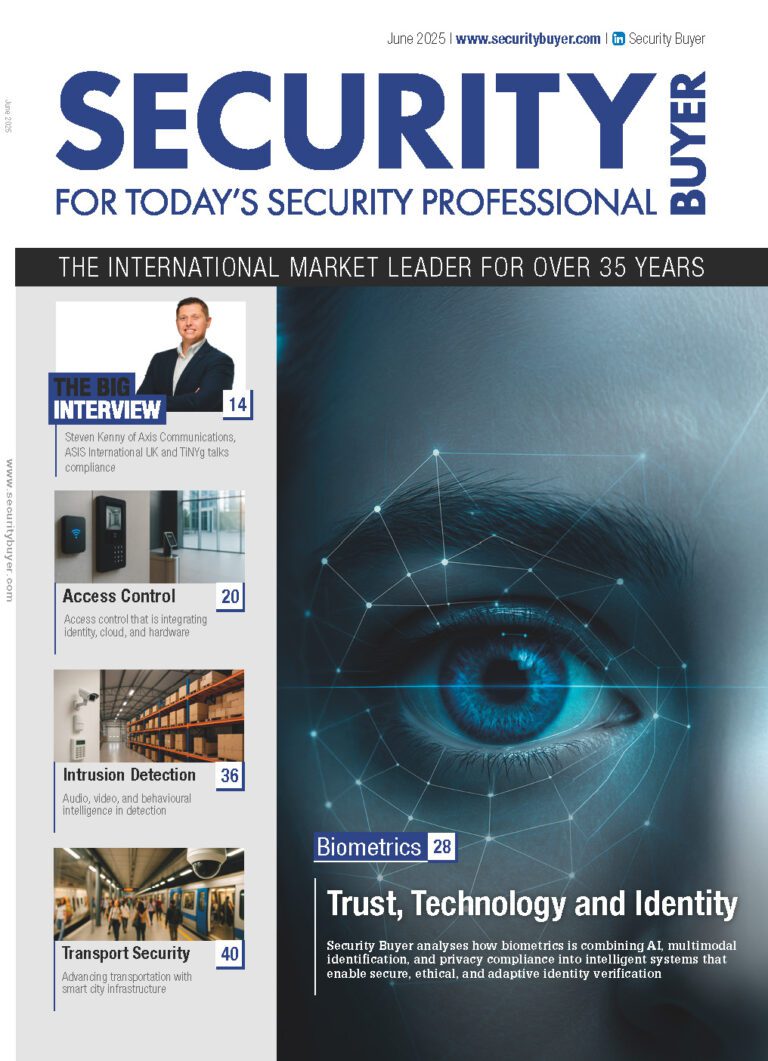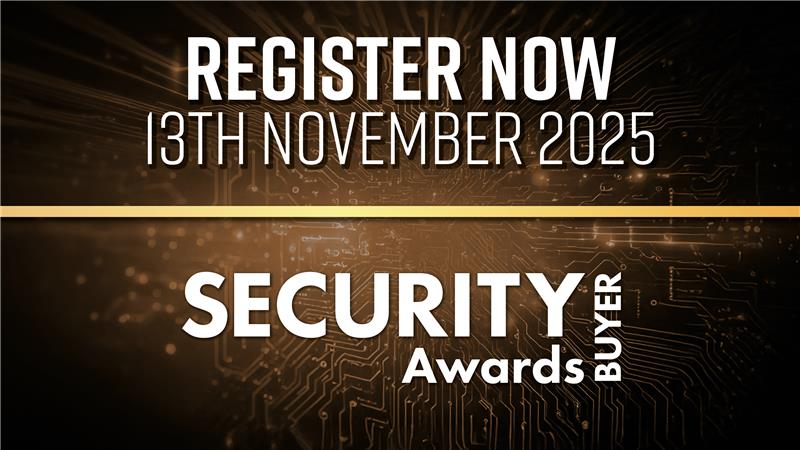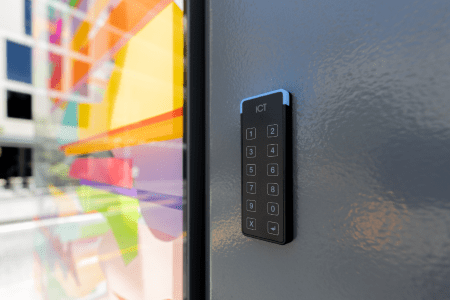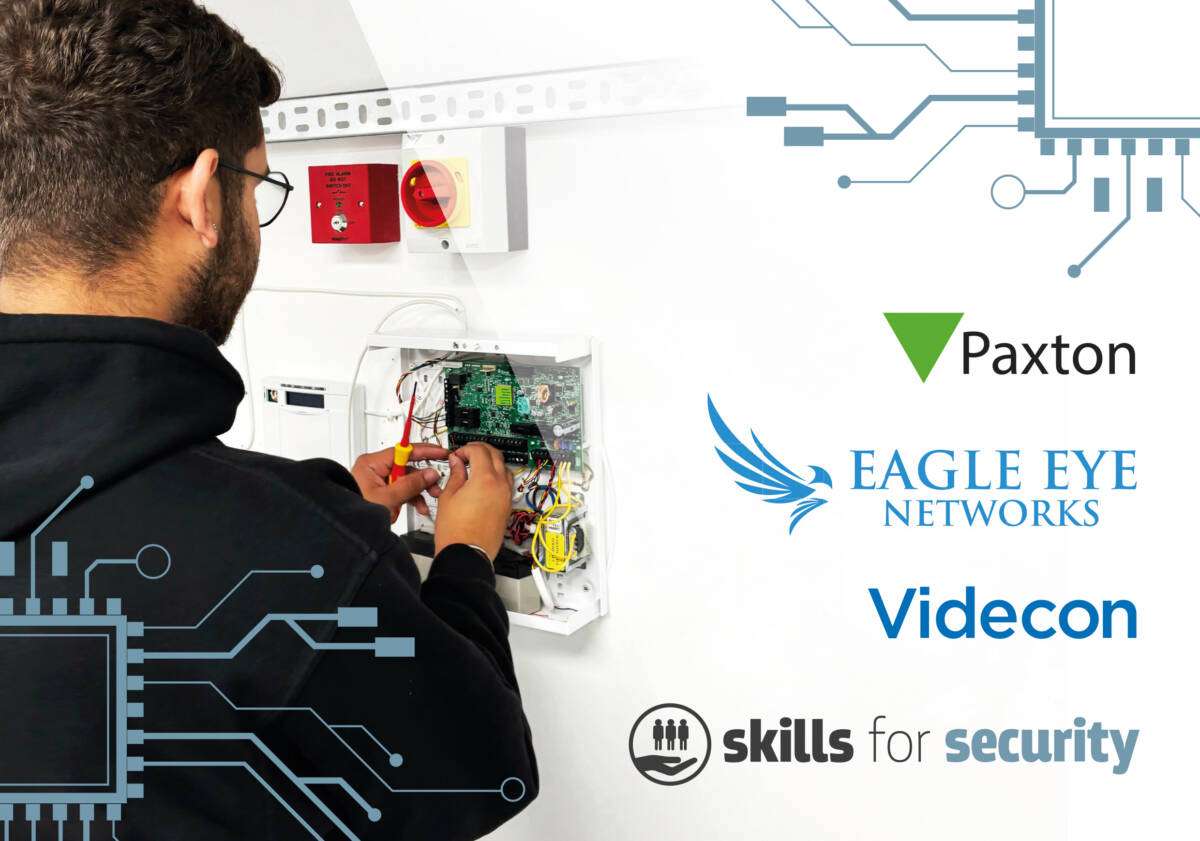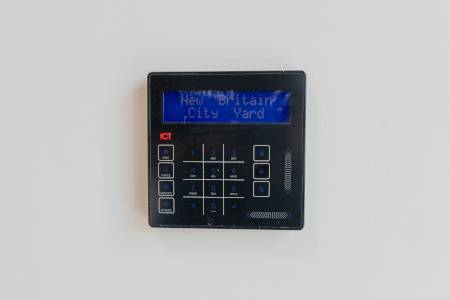Caitlin Gittins, Features Editor for Security Buyer explores how organisations and building managers can effectively enhance site security with access control
In today’s security-conscious world, the imperative to protect properties from unauthorised access and potential threats has reached an unprecedented level of significance. Security managers and building owners find themselves at the forefront of this challenge, tasked with adopting a proactive stance towards access control to guarantee the safety and security of their valuable assets, their workforce, and all visitors to their premises. This article aims to provide a comprehensive guide tailored to the needs of these seasoned professionals in the field, offering a roadmap to elevate site security to new heights.
As the digital age ushers in an era of increased connectivity and complexity, the need for effective access control solutions has never been more acute. This article seeks to equip security managers and building owners with the knowledge and insights necessary to navigate this dynamic landscape successfully. We will embark on a journey through the diverse array of access control solutions at their disposal, with a keen focus on practicality and efficacy.
Within the realm of access control solutions, there exist a plethora of options that cater to various needs and circumstances. Our exploration will encompass not only well-established solutions but also emerging innovations that are reshaping the security landscape. Among these solutions, we will examine the merits of Integrated Control Technology’s unified access control solutions, ASSA ABLOY’s smart access control solutions, Paxton’s innovative, and other pertinent offerings.
By the end of this article, decision makers will be better equipped to make informed decisions regarding access control, taking into consideration the unique requirements and challenges of their respective environments. With the right knowledge and proactive strategies, they can fortify their properties against threats and establish a secure and resilient foundation for their operations. In essence, this article seeks to empower security professionals to adapt and thrive in an ever-evolving security landscape.
The Crucial Role of Access Control
Access control stands as the vanguard in the realm of security, constituting the primary line of defense against potential security breaches and unauthorised intrusions. Its role in safeguarding a facility or property cannot be overstated, as inadequate access control opens the door to a litany of grave problems that can have far-reaching consequences.
The first and most immediate concern is the threat of theft. Without robust access control measures in place, unauthorised individuals may gain entry to sensitive areas, putting valuable assets, merchandise, and equipment at risk. This not only translates to financial losses but also can have significant operational and reputational repercussions.
Beyond theft, inadequate access control also paves the way for vandalism. Intruders with unrestricted access can deface property, equipment, or assets, causing extensive damage and incurring additional costs for repair and replacement. Such incidents can disrupt operations and erode trust among employees, visitors, and stakeholders.
In today’s digital age, data breaches represent another ominous consequence of subpar access control. Unauthorised access to sensitive information can lead to the compromise of critical data, including customer records, financial information, and intellectual property. The fallout from data breaches can be catastrophic, ranging from legal liabilities to severe damage to an organisation’s reputation.
Perhaps most alarmingly, inadequate access control can expose individuals within a facility to physical harm. This extends beyond the risk of criminal acts and includes the potential for accidents and emergencies. Without the appropriate access control mechanisms, unauthorised personnel may inadvertently enter restricted zones where hazardous materials or machinery pose threats to life and limb.
Centralised Management and Real-time Monitoring
Centralised management and real-time monitoring stand as pivotal pillars in modern access control solutions, fundamentally reshaping how security managers and building owners uphold the safety and integrity of their premises. A shining example of a system that excels in these critical areas is Integrated Control Technology’s unified access control solutions, which has redefined access control management.
Unified access control empowers security managers with a powerful yet user-friendly platform, enabling them to exercise precise control and monitor access across multiple entry points from a single, intuitive interface. This consolidation of management functions streamlines operations, enhancing efficiency and reducing the potential for errors. Instead of navigating a labyrinthine network of controls, security managers can orchestrate their security measures with ease, optimising the overall effectiveness of their security strategy.
Neil Foster, Regional Sales Director, Northern Europe for ICT commented on the benefits of unified access control, “When we say a single unified system, we mean a single controller that can do a graded alarm system and can also be an access control system. One platform can control multiple devices in a system, doors and readers, with one set of credentials and one set of audit reports.”
Moreover, the real-time monitoring capabilities inherent in Unified Access Control prove invaluable in maintaining a proactive approach to site security. With the ability to instantaneously detect and respond to security incidents, security managers can thwart potential threats before they escalate. This real-time vigilance translates into a decisive advantage, where security is not merely reactive but anticipatory, safeguarding against emerging risks and vulnerabilities.
Dan Drayton, Divisional Director of Sales EMEA for Paxton, concurs with this perspective, asserting, “Managing a number of doors and users on a single system increases efficiency and reduces the chance of making mistakes. Choose an access control system that offers centralised access management and one that is scalable for future expansion.” Drayton’s endorsement underscores the paramount importance of centralised access management and scalability, providing a compelling rationale for security managers and building owners to adopt such systems.
Read more exclusives and news in our latest issue here.
Never miss a story… Follow us on:
Security Buyer
@SecurityBuyer
@Secbuyer
Media Contact
Rebecca Morpeth Spayne,
Editor, Security Portfolio
Tel: +44 (0) 1622 823 922
Email: [email protected]


